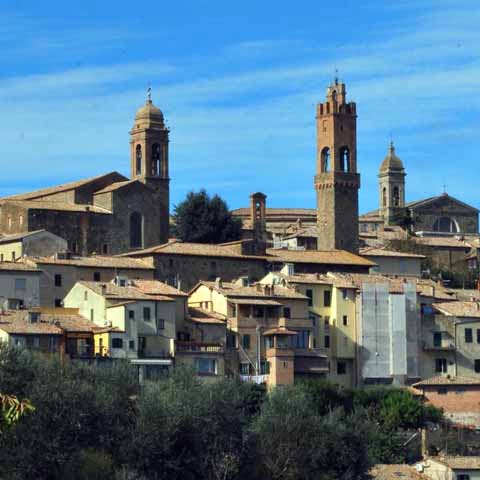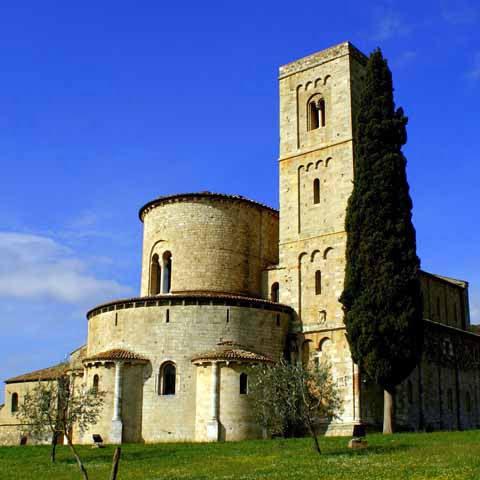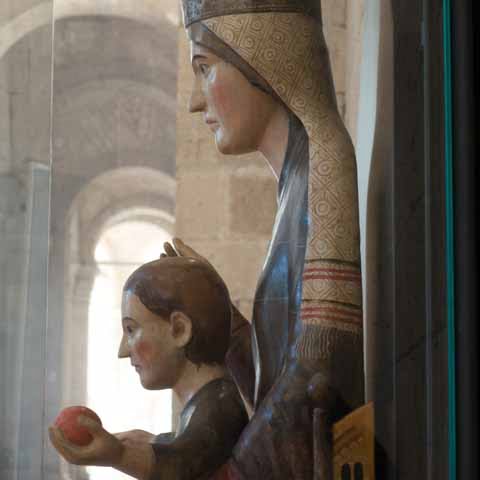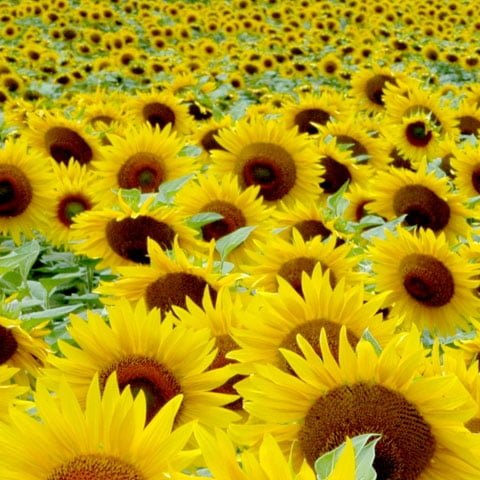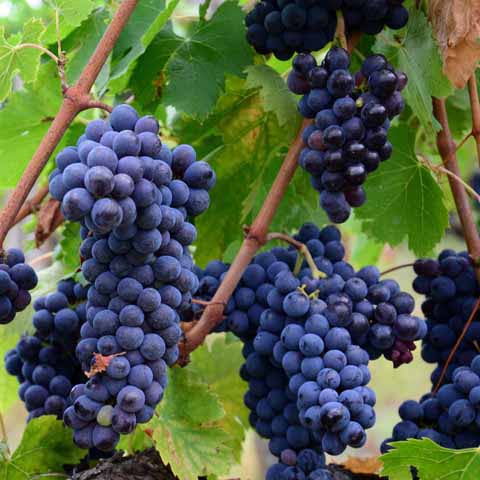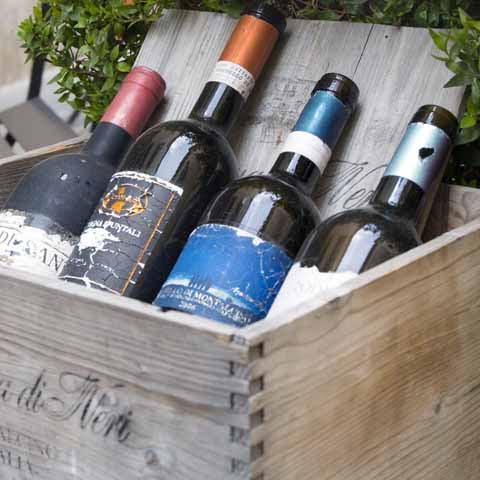Visit the world-renowned hillsides of Tuscany, and encounter Montalcino, a small medieval Italian town. Montalcino is located in the magnificent Val d’Orcia area, which was designated as a UNESCO World Heritage Site in 2004. The charming narrow roadways, the impressive ring of fortified walls, and pure elegance of the medieval castle offer an enduring ambiance to this hilltop village. Montalcino is well-known for a profoundly Italian old-world authenticity. With its unique architecture, stunning panoramas, abundant vineyards, olive trees, gentle hills adorned with red poppies, and heavenly food and wine, Montalcino is an extraordinary getaway well worth exploring.
ART
Much like the majority of historical Italian towns, there is a powerful connection between Montalcino and its faith-based past. A visit to the Civic Diocesan Museum of Sacred Art situated inside the historic Convent of Sant’Agostino brings this home. The art collection makes it possible for visitors to see regional art crafted from medieval times, with emphasis on the heritage of painting in Siena, depicted by the likes of Duccio di Buoninsegna, Bartolo di Fredi, and Arturo Luciani. Among the works of art on exhibit are several painted wooden sculptures by remarkable artists including Jacopo della Quercia and Francesco di Valdambrino. In addition to these masterpieces, travelers can also admire the Crucifix by Giambologna and some intriguing remnants of medieval ceramics.
Other masterpieces can be observed at the Scrittoio di Vincenzo Tamagni. Located in Montalcino’s historic hospital, the Scrittoio is a room that contains beautiful frescoes by Vicenzo Tamagni. The Renaissance artist began painting in Moltacino before moving to Rome and working under Raphael.
ARCHITECTURE
The Fortezza of Montalcino is among the town’s significant structures from the hundreds of years of conflict that comprise a great deal of Italy’s past. It was established in 1361 using partial twelfth century foundations already in place. Certain previous structures were integrated with the fortress, for example, the Tower of San Giovanni and a historic basilica that became the castle’s chapel. It is an enormous, impressive structure. A look around the fortress is genuinely worth the time and energy and will enhance your trip, especially if you enjoy ancient architecture.
According to the earliest known historical documents, the Abbey of Sant’Antimo was constructed sometime before 814. Following the construction, a town grew in the shadow of the abbey. The Abbey of Sant’Antimo is considered one of Italy’s oldest functioning abbeys. It is a quick drive from Montalcino, and guests can visit the church at appointed times.
Any time you travel to a historical area in Italy, it is not unusual to encounter a castle, and Montalcino is no exception, thanks to the Bibbiano Castle. Situated near Buonconvento, this fortification was created in the ninth century and is still formidable and notable today. Since the year 850, the structure has gone through a few renovations; however, the original castle is still there. It has a castle keep and a double-walled enclosure surrounded by a ditch. The stone gate features arrow slits that spark the imagination with visions of medieval battles and sieges.
Among the town’s religious monuments, the most important is the Duomo di Montalcino, which serves as a Co-Cathedral for the Archdiocese of Siena-Colle di Val d’Elsa-Montalcino. The original structure dates back to the fourteenth century, though today the architecture is characterized by Neoclassical elements due to restorations that occurred in the nineteenth century. The interior features artwork by Francesco Vanni, Francesco Nasini, and more.
Also of interest is the Church of Corpus Domini. Dating back to the thirteenth century, the modest façade features one painting over the main entrance. The interior is characterized by seventeenth century stucco decorations, a sixteenth century painting by Anton Maria di Nerio, and a fourteenth century crucifix.
LITTERATURE
Montalcino’s legendary landscape and eminent local wine has drawn the appreciation of many admirers over the centuries. In fact, quite a few writers and poets have referenced the small Tuscan town or its wine in their works. Among these are the winner of the 1906 Nobel Prize in Literature Giosué Carducci, who sang the praises of the wine in a letter to a friend, and celebrated Italian poet Gabriele D’Annunzio who described Montalcino’s scenery in La Beffa di Buccari. Others include 1986 Nobel Prize winner in Physiology or Medicine Rita Levi-Montalcini, poet Alfonso Gatto, 1997 Nobel Prize winner in Literature Dario Fo, and 1976 Nobel Prize winner in Literature Saul Bellow.
CINEMA
Montalcino’s remarkable scenery naturally lends itself to the big screen. Over the decades, several movies have been filmed in Montalcino and the surrounding hill country, including Pia de’ Tolomei (1941), La viaccia (1961), Fratello Sole, Sorella Luna (1972), Bonnie e Clyde all’italiana (1982), Grazie di tutto (1998), and L’amore ritrovato (2004).
MUSIC
One of the premier jazz festivals in Italy occurs annually at The Fortezza di Montalcino. Attracting musicians from around the globe, this jazz and wine fest’s setting is the fortress in Montalcino, an evocative and inspiring background for some of the best music and wine in the world. Great music and wine, is there a better combination?
If you have ever wanted to relive medieval times, then the Sagra Del Tordo (Festival of the Thrush) is your festival. Even if you have never harbored medieval fantasies, you will enjoy this festival replete with archery tournaments between competing neighborhoods, falconry exhibitions, and spectacular medieval banquets.
Astrusi Theater is the town’s historic theater that dates back to at least the seventeenth century. The building was restructured during the eighteenth century by architect Leonardo De’ Vegni. The interior ceiling features a beautiful fresco by Cesare Maffei that is characteristic of the period. The theater is still in use today to host concerts and other musical performances.
SCIENCE
There are two nearby archeological sites that attest to Montalcino’s natural history. One is in the town of Poggio alle Mura, where fossils of an approximately four-million-year-old whale have been discovered. The other site consists of the ruins of the Pieve of San Pietro, which was a religious structure from the fourth or fifth century AD located in Pieve a Pava, a hamlet of Montalcino. In addition to the ruins of the building, several historic coins have been discovered at the site.
The culture of Montalcino embodies the best of what Tuscany has to offer. There are perhaps some places in this area of the world that are better known, but none are more abundant in all that is Italy than this stunning jewel residing in the Tuscan hills.
Travel Guides
The Tuscany Region of Italy
The Cities of Tuscany, Italy
